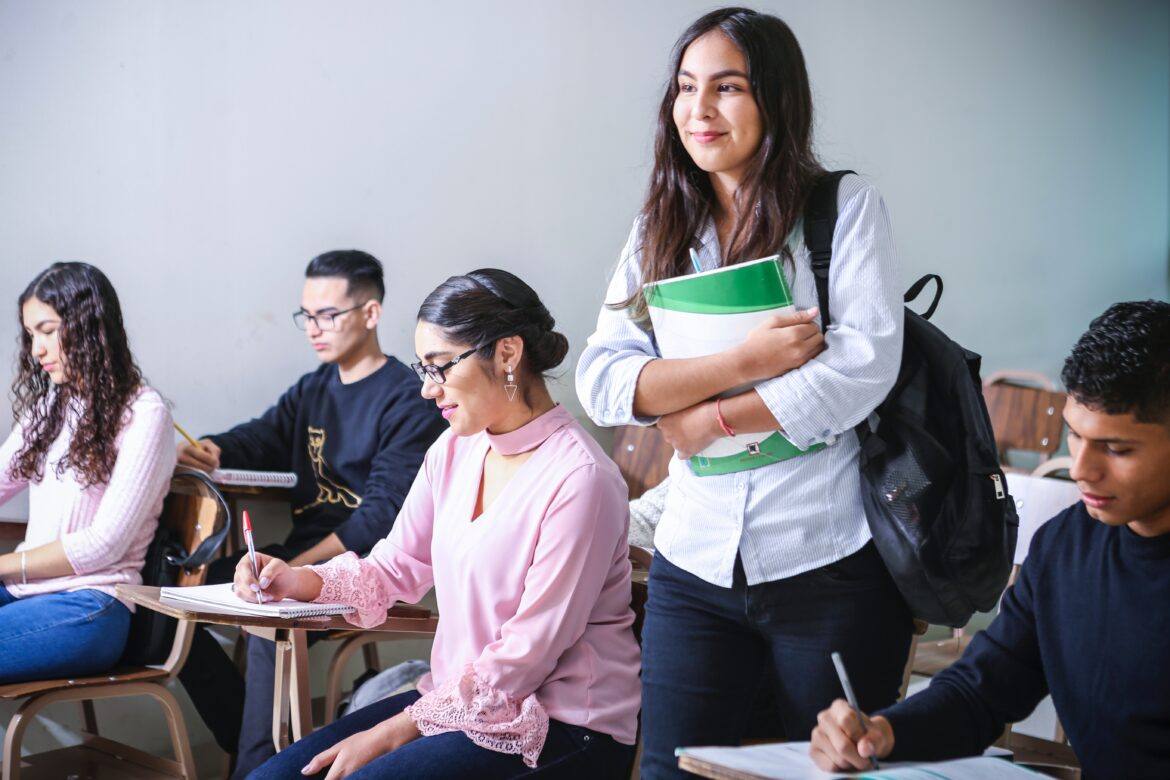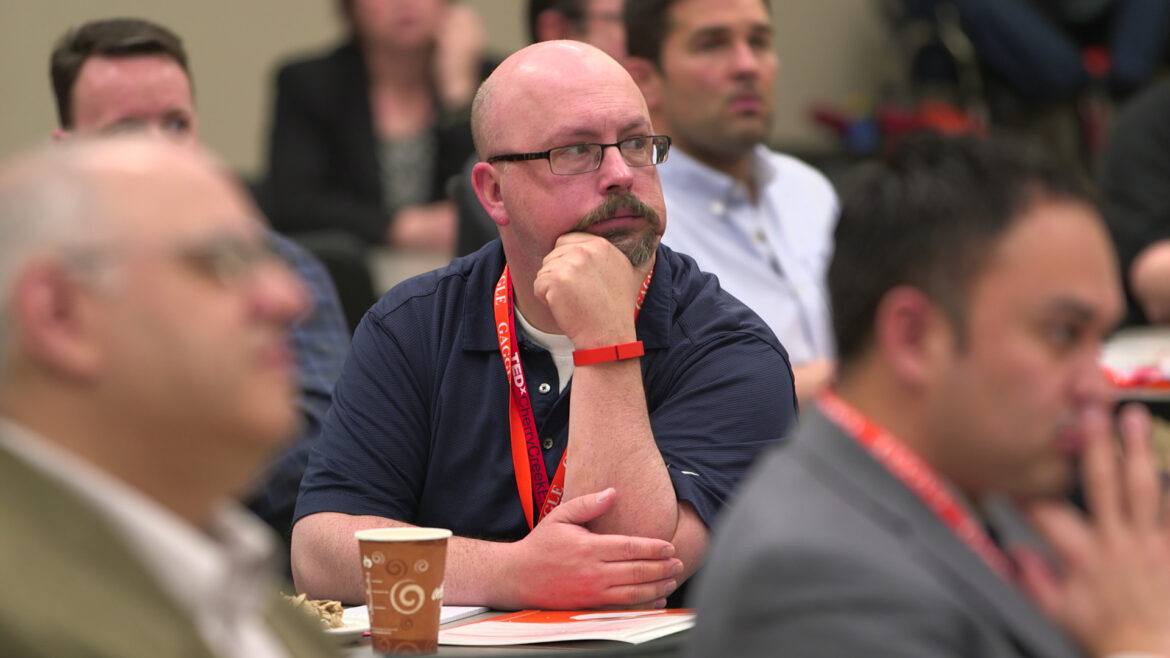Every new school year, our district witnesses a significant increase in the number of student situations and mental health concerns taking place across our 39 campuses. These incidents involve students in the upper-elementary grades all the way up through high school and are a major cause of concern for our entire district.
Knowing that students who are in crisis aren’t always going to share their fears and worries with an adult, we needed a student safety platform that would put our administrators, counselors, and teachers in closer touch with students. We’re a Google district and most of our campuses are 1:1, which means the majority of our students express themselves more freely in email, essays, and through other digital means.
We adopted the Gaggle student safety platform over two years ago, gaining one more way to recognize and help students in crisis. Prior to that, we only heard about those online interactions secondhand and had no way of accessing the content.
In an era where worries about student situations, social issues, and mental health concerns compound upon themselves every year, getting an alert about a student who is writing a suicide note to his parents on his Google account creates real opportunities for successful intervention. And this really happens, by the way. We also have a flowchart and system that allows us to utilize our resources outside of school hours.
How We Do It
Here are five ways we’ve learned to help struggling students:
- Form a crisis team for when situations arise. Some of the hardest times for our students are when they are alone. Knowing this, we have an after-hours flow chart and system in place. Working together, our counseling department and safety teams assess the urgency level and then respond accordingly. We address the alert as it happens. That means reaching out to parents, sending police out to the home to perform welfare checks, or taking whatever steps necessary to mitigate the potential problem.
- Don’t close the case prematurely. After handling the situation, we give the student immediate resources for evaluation. For example, we work closely with our two counties’ mobile crisis units, which can be dispatched immediately to determine if the student needs help at no cost to families (or, if recommended, provide an emergency room visit or psychological evaluation). We are not a mental health facility at the school district, but we recognize the need and will screen to understand the level of assessment that’s necessary for the student’s specific situation.
- Incorporate social-emotional learning into the curriculum. We’ve built mental health awareness into our curriculum, utilizing the Sanford Harmony Social-Emotional Program, and every one of our campuses provides training on suicide awareness. We also bring in organizations like Grant Halliburton, which does a lot in the area of suicide awareness and prevention. We’re very aware that this is significant in our district, and we know that if we’re not meeting our students’ social and emotional needs, then they’re not going to be able to learn.
- Provide after-hours counseling. Potential problems aren’t limited to school hours, so we opened a counseling center that families can visit for free in the evenings. The response to this offering has been overwhelming — we opened in January 2020, and already have a lengthy waiting list. We currently have about six counselors and are in the process of adding more.
- Use technology to be proactive and vigilant. One thing that differentiates our district is our background and our ongoing focus on social and emotional learning. We know that we need cameras, surveillance, and other tools that districts are using, but the real results come when you get to the root of the problem. For us, that means using the student safety platform and our Anonymous Alerts app to prevent cyberbullying and bullying, and also gathering good information on students who are using email to talk to their friends about being depressed and harming themselves. Technology gives us the proactive advantage of being able to call someone and make sure they’re okay.
“We Had No Idea”
We want to give kids the tools they need to feel safe at home—or wherever they want to use them—without fear of retribution. With no student suicides in school year 2018-2019, we know that we cannot prevent them, but we take all possible steps to minimize the possibility. Our district can literally feel the extreme appreciation of parents when we contact them to let them know about a potential problem.
In most cases, their initial response is “We had no idea.” Using the monitoring and filtering tools, we’re helping to proactively raise those awareness levels with additional resources and get the healing process started quickly.
Photo: javier trueba

